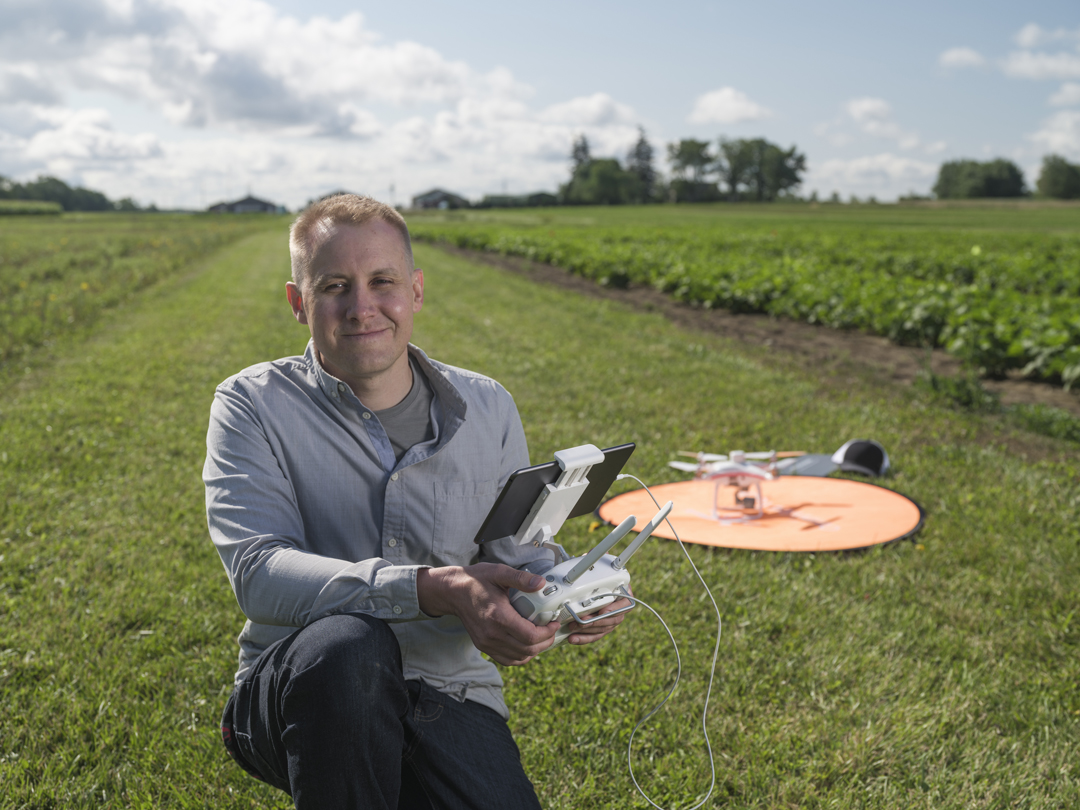Food from Thought researcher John Sulik, assistant professor of Precision Agriculture in the Department of Plant Agriculture, will be a speaker at the annual general meeting of the Ontario Soil and Crop Improvement Association (OSCIA) on February 7th. The title of his presentation will be “Delta Yield: Recent Advances and Future Prospects.”
Sulik will provide a brief overview of his Food from Thought-funded research, which aims to use advances in satellite sensing and crop models to predict delta yield and create an economical nitrogen rate in time for split nitrogen applications.
Delta yield is a term that describes the difference in yield between two different crop management practices or treatments. In the context of nitrogen management, delta yield is calculated as the difference in yield between Zero-N and N-rich treatments. This difference can be positive or negative and represents the gap between soil N supply and crop N demand. Larger delta yields correspond with higher N rate requirements. Farmers often measure delta yield to calculate the most economic nitrogen rate and how it may vary across a field and across years to understand variability in crop N requirements.
“Volatile prices of N fertilizer, losses of applied N to the environment, and uncertain weather present barriers to economic fertilizer use and environmental health,” said Sulik. “Decision support tools like this will help growers evaluate optimal N rates using in-season data on crop growth rates, weather, and weather forecasts.”
Sulik’s research focuses on technology to improve crop yields and optimize nitrogen use. He said applying the right amount of nitrogen at the right time is crucial for maximizing crop yield and minimizing environmental impact.
In split nitrogen applications, the nitrogen is applied in multiple doses throughout the growing season rather than all at once. This allows farmers to better match the crop’s needs for nitrogen with the timing of nutrient uptake and can help to reduce the risk of nitrogen loss due to leaching or volatilization.
However, applying too much nitrogen can be costly and can also have adverse effects on the environment. Therefore, determining the most economical nitrogen rate is crucial for farmers to optimize crop yield while minimizing costs and environmental impact. In addition to a delta yield approach, this can be done by conducting soil and tissue tests to determine the crop’s nitrogen requirements and adjusting the nitrogen application rate accordingly.
Sulik has been working on this project for several years and is excited to share his findings with the OSCIA delegates.
“I am honoured to have been invited to speak at the OSCIA annual meeting,” said Sulik. “I look forward to sharing my research and to discuss the potential of satellite sensing and crop models to improve crop yields and optimize nitrogen use. I believe this technology will play a critical role in the future of agriculture.”
OSCIA is dedicated to improving soil and crop production in Ontario and is committed to promoting sustainable and productive farming practices.


